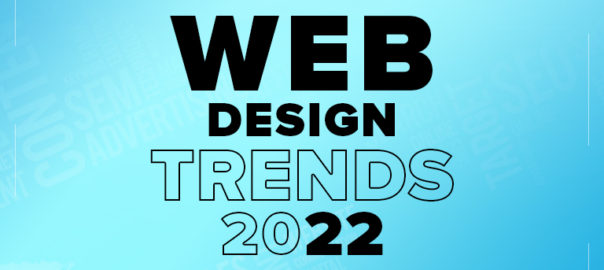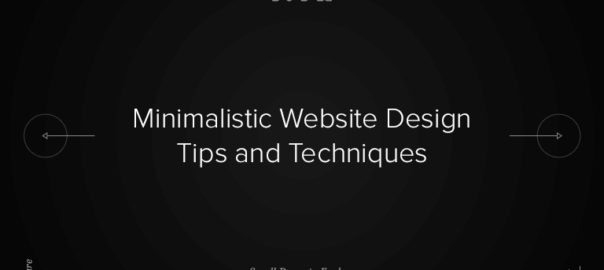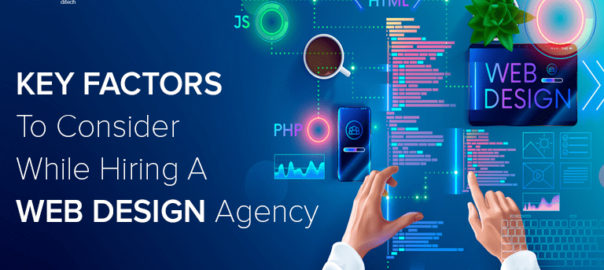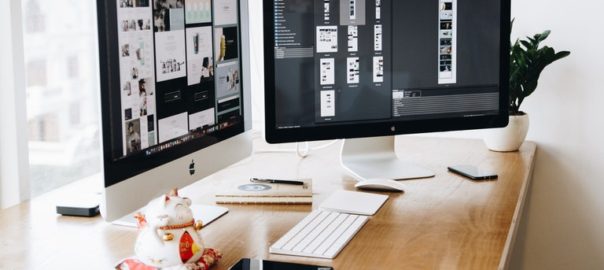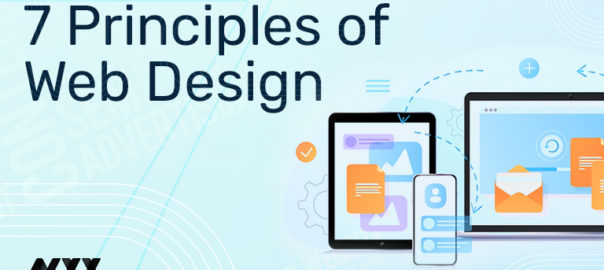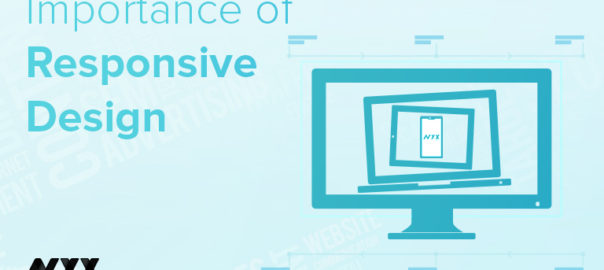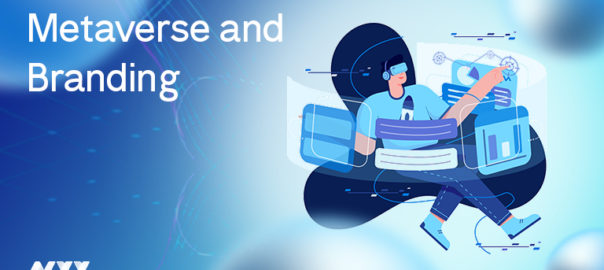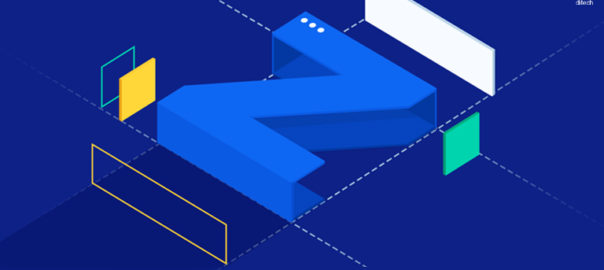Web Design Trends You Can Bet On For 2022
What will be the most popular web design trends in 2022? When it comes to keeping your designs relevant and contemporary, what approaches and strategies should you know?
Design trends may influence anything from the way designers work to UI design and future versions of everything from web pages to manufacturing. It’s crucial to keep an eye on current trends so that you don’t wind up with a design that goes out of style too fast.
Top Trending Web Design Trends For 2022
Webpage With a Cinematic Feel
Many current websites include cinematic-style homepages, which are becoming increasingly popular. Videos that appear in full-screen mode rapidly immerse visitors in the website. It is the best design element for welcoming visitors to a site. It has the ability to captivate and enthrall consumers in a matter of seconds.
It’s also possible to personalize your cinema-themed homepage. As an example, you may add a slow-motion effect, vignettes, etc. to enhance its visual appeal. This capability reduces the quantity of text that web design services need to provide on a website’s homepage. For the year 2022, it’s a great design trends to follow.
Loading Smart Content
The User Experience (UX) is a critical aspect in determining the success of a website. It’s common for websites to be sluggish due to the significant graphics and third-party features that are incorporated into the design. Fortunately, creative design services can design a website that only displays the information which is necessary.
The most popular social media networks have been employing this strategy for some time now. By incorporating it into your website development strategy, you may improve the speed at which your website loads. Moreover, it will assure that you develop resource-efficient websites and maximize your investment’s return.
Customer-Specific Content
Providing content that is tailored to the customer’s interests, actions, and goals is a smart move. It can assist you in achieving outstanding outcomes and enhancing your business. According to Chromatix’s Irwin, web design these days must gain the trust of customers to achieve its intended goal of revenue generation.
Providing clients with personalized information increases their confidence and belief in your company. When designing websites in 2022, you should never miss out on this aspect. If you need help creating marketing content, you may work with a web design agency. Working with experts can assist you in developing content that matches the needs of your target audience.
Dark Mode
This is another outstanding design component that should be included in your 2022 designs. Many website designers are unfamiliar with the benefits of allowing customers to switch between different modes. It’s one of the finest ways to improve the user experience on your website, even if you’re doubtful about it.
It is essential that your site design includes both bright and dark color combinations. This ensures that transitioning between modes has no effect on visibility.
Design Elements That Intertwine
A great design trend, but one that should be used with caution. When it comes to modern design, it’s possible to mix and match different design aspects rather than putting them all in the same container. This design trend may help any web design company develop a professional and sophisticated website.
When it comes to overlapping designs, why do you need to be careful? While adopting this style, it is possible to jeopardize your website’s readability. You must make sure that all of the pages that overlap can be read. Also, make sure that the web pages are collapsible without impacting the readability of the document.
Chatbots
Chatbots powered by artificial intelligence (AI) should also be on your list of web development priorities. Today, all businesses are striving to make their customers’ experiences as easy as possible. Customers have benefited greatly from this trend throughout the years.
AI chatbots communicate with clients in the same way as real-life customer service representatives. They are able to discern a customer’s intent and track where they are in the purchasing process. As a result, they are viable options for obtaining leads, cultivating them, and moving potential consumers through the sales funnel.
Noticeable Borders
Web design thrives on creating an aura of elegance—or, at the very least, the impression that the content is perfectly organized by an unseen hand and floats freely in digital space. Of course, the fact is that websites are designed on a rigid grid and are kept together by code. For the year 2022, site designers are hoping to get a little more authentic with basic borders and frames that disclose their base.
The obvious advantage of a visible grid is that each portion can be clearly distinguished from the others. An easier-to-read layout allows for more information without making the page appear overcrowded. Websites with basic borders also have a nostalgic feel that goes nicely with other 90s-related trends that are making an upsurge at the same time.
Big Buttons
Your website’s usability can be improved by incorporating large buttons within the design. Tiny buttons aren’t user-friendly for thumbs, especially on smaller screens. You may improve the user experience by making all buttons bigger. It will make it easier to find things and make them more accessible.
Colors can also be used to distinguish the buttons. As a result, there will be fewer instances where visitors accidentally engage with the wrong sections of your site. The benefits of large buttons cannot be overstated which makes it an excellent site design trend for the year 2022.
Minimalism
The most prominent web design concepts of 2022 have adopted a minimalist approach that decreases user interruption and friction. Various content columns, many widgets, and annoying pop-ups aren’t what visitors are looking for. If you can show them what they’re looking for as quickly as possible, you’ll be recognized.
Read more about minimalistic website design here.
Conclusion
Nowadays, the web is a big and crowded place. If you want to be successful, you first need to stand out. That’s why great web design is more than simply a luxury; it’s a necessity. Without a solid plan in place and an appealing web design, it’s difficult to deliver an exceptional customer experience.
It is possible to improve your website design by following the following trends listed above. The good news is that you don’t have to start from scratch to implement them. Contact Us Today to Learn More


